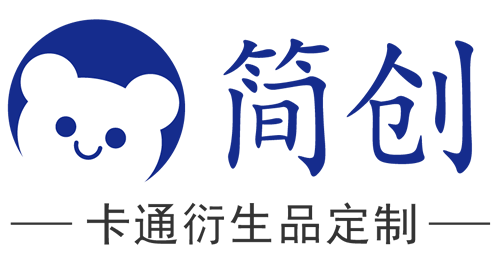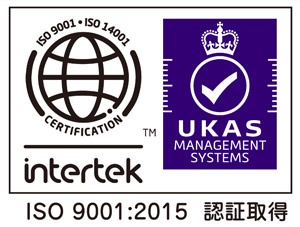Determining if an animal plush toy is a high-quality product involves evaluating several key aspects of the toy. Here are some tips to help you assess the quality of an animal plush toy:
1. Material Quality
Fabric: High-quality Plush Toys are typically made from soft, durable fabrics such as velvet, fleece, or high-grade plush materials. The fabric should feel smooth and comfortable to the touch, with no rough or coarse areas.
Stuffing: The toy should be evenly stuffed with a soft, resilient filling that maintains its shape over time. Premium toys often use hypoallergenic polyester fiberfill or natural materials like wool for stuffing.
2. Stitching and Seams
Tight Seams: Examine the seams closely to ensure they are tight and secure, with no loose threads or gaps. Well-constructed seams are a hallmark of a durable plush toy.
Reinforced Areas: Check for reinforced stitching in areas that are prone to wear and tear, such as the limbs, ears, or neck. Double-stitched or reinforced seams indicate higher quality.
3. Detailing and Embroidery
Embroidered Features: High-quality plush toys often have embroidered features like eyes, noses, and mouths instead of glued or plastic parts. Embroidery is more durable and safer for young children.
Attention to Detail: Look for toys with well-defined features, such as expressive faces, realistic patterns, or carefully crafted accessories. The more detailed and precise the features, the higher the craftsmanship.
4. Safety Standards
Non-Toxic Materials: Ensure the plush toy is made from non-toxic, child-safe materials. This includes dyes, paints, and any plastic parts that may be attached to the toy.
Compliance with Safety Regulations: Check for labels or certifications that indicate the toy meets safety standards, such as ASTM, CE, or CPSIA certifications. These standards ensure the toy is safe for children.
5. Durability
Test the Toy: Gently tug on different parts of the toy, such as the limbs or ears, to see if they are securely attached. High-quality toys should withstand gentle pulling without showing signs of wear or damage.
Longevity: Consider whether the toy can withstand regular play without losing its shape or appearance. Durable toys are made to last and resist wear and tear over time.
6. Brand Reputation
Well-Known Brands: Choose plush toys from reputable brands known for their quality and safety standards. Established brands often have a history of producing reliable, high-quality toys.
Reviews and Recommendations: Read customer reviews or seek recommendations from other buyers to get an idea of the toy's quality and longevity. Positive reviews are a good indicator of a high-quality product.
7. Design and Aesthetics
Realistic Design: High-quality animal plush toys often feature realistic designs that accurately represent the animal they are modeled after. This includes proportionate features, accurate coloring, and lifelike poses.
Appealing Appearance: The toy should have an overall appealing and well-balanced appearance, with no odd bulges, wrinkles, or asymmetrical parts.
8. Ease of Care
Washability: Check if the toy is easy to clean, either by hand or in a washing machine. High-quality plush toys often come with clear care instructions and are made to withstand washing without damage.
Colorfastness: Ensure the fabric is colorfast, meaning it won't fade or bleed when washed. High-quality toys retain their color and appearance even after multiple washes.
9. Filling Consistency
Even Stuffing: The stuffing inside the toy should be evenly distributed, with no lumps or empty spots. Consistent filling indicates careful construction and adds to the toy’s overall durability.
Softness and Resilience: The toy should feel soft yet resilient, bouncing back to its original shape after being squeezed or hugged.
10. Price as an Indicator
Reasonable Pricing: While higher prices often correlate with better quality, this is not always the case. Compare the price of the plush toy with similar products from reputable brands to determine if it offers good value for its quality.
Avoiding Extremely Low Prices: Be cautious of extremely low-priced plush toys, as these may indicate poor-quality materials or construction.










